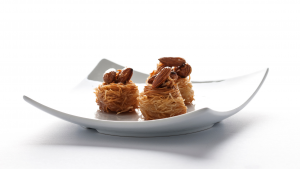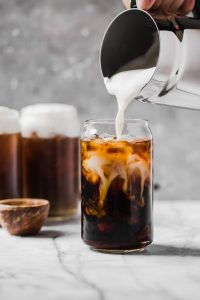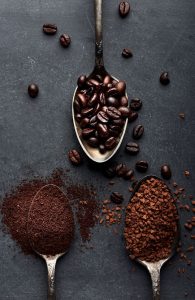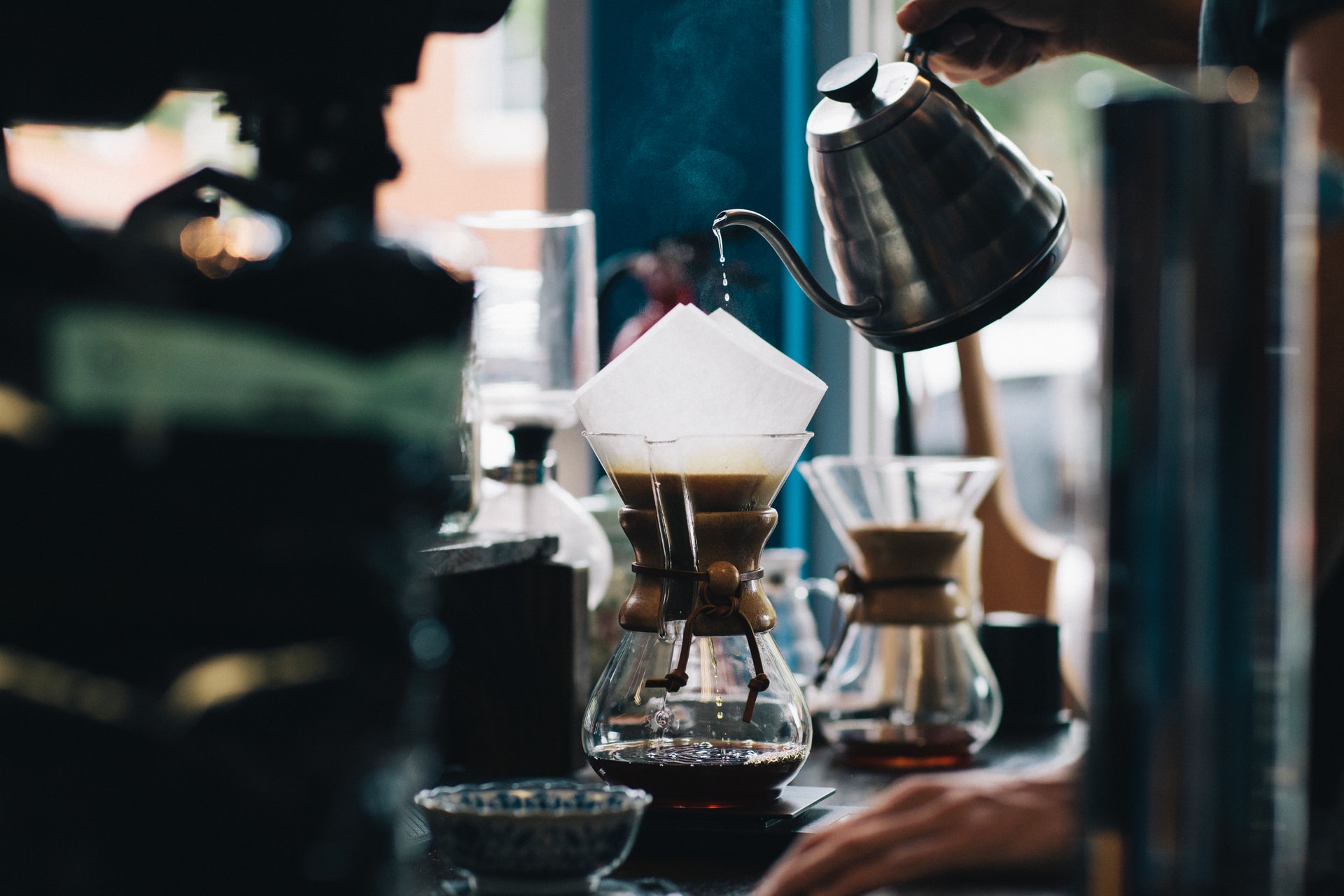
Cold vs. Hot Brew: Everything You Need to Know
Cold vs. Hot Brew: Everything You Need to Know
- azeem memon
- 01-05-2021
- 29-07-2025
- 1902 views
- Featured Articles

What we all mostly know is that cold brew coffee is cold and hot brew is hot. Though that is technically correct, it is not all true. The rise in the popularity of cold brew coffee has increased in the last couple of years in the United States. Initially, people thought that cold brew coffee is simply hot coffee left to cool down or served with ice. That is just iced coffee and not the cold brew.
Cold Brew vs. Hot Brew
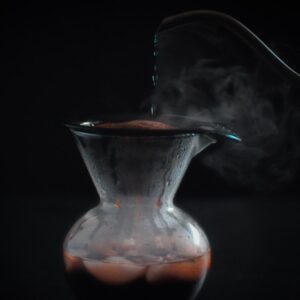
The simplest difference between these two types of coffee is that cold brew coffee is brewed cold while hot brew coffee is brewed hot. Cold brew coffee is not hot brew put placed in the fridge before serving! Besides this big difference, both of these coffee types differ in numerous ways – including levels of acidity, bitterness, taste, and even aroma.
Following is a list of some differences between these two:
1. Acidity and Bitterness
Brewing coffee using water of varying temperatures makes a huge difference. Brewing with cold water tends to give a very different taste from the coffee brewed in hot water. For a true coffee lover, the difference is noticeable from the very first sip. Cold-brew yields a lower level of acidity and bitterness in the drink as compared to hot brewed.
The answer lies in the science of mixing cold or hot water with the coffee grounds. Extraction is the process wherein water extracts components out of the coffee grounds. Now, all the coffee grounds have almost similar components in them. However, the difference lies in the temperature of the water as different temperatures extract different components at varying speeds. Preferably, the water should be heated to about 195 to 205 degrees Fahrenheit for a hot brew coffee.
Heating water a little more than this recommended temperature will probably give you a very bitter coffee. Extra hot water speeds up the process of acid extraction from the coffee grounds. Similarly, cold water extracts different components from the coffee grounds, making them less acidic and less bitter.
2. Flavor Change is Dramatic
Like oxidation is slower with cold water yielding less bitter and acidic coffee, the same goes for degradation. This is one of the main reasons why flavors of hot and cold brew coffee differ greatly. A hot brewed coffee has a distinctive rounded flavor with a rich aroma. In addition to the coffee fanatics, a simple coffee lover can also identify how a hot brewed coffee has crisp acidity.
Compared to this, cold-brewed coffee tastes smoother with a rich sweetness and very little acidity and bitterness.
3. Versatility
While baristas also experiment with what they can when making hot coffee, there is not much they can do to produce its numerous variants. Hot coffee is hot, and not much can be mixed with the drink. In comparison, cold brew coffee can be evolved into a variety of drinks. When preparing cold brew coffee, you do not have to create the drink right away. Instead, a concentrate is made that can then be made into or added to several other variants.
Following are some of the ways you can utilize your cold brew coffee concentrate:
- You can make iced coffee with the concentrate by mixing in cold water and some ice
- Turn it into a hot coffee by adding hot water
- Create an iced cold brew latte by adding cold brew, cold milk, and ice
- Cold-brew cocktails are also the best option. You can mix in spirit or sugar in the cold brew
4. Caffeine Levels Do Not Differ
Unlike popular belief, the difference between the caffeine levels does not depend on whether the coffee is hot brew or cold. You can find hundreds of articles online that are full of information about varying caffeine levels in both of these types of coffees. The truth is, caffeine levels vary according to the types of coffee you order; rather than how the coffee is brewed.
How to Make Cold Brew Coffee?
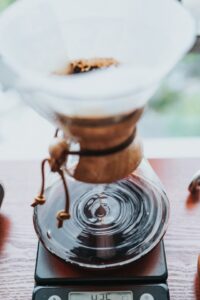
Unlike hot brew coffee that is quite simple and less time-consuming to make, cold brew coffee is not very popular to be prepared at home. It is a simple but long process, which takes about 6 hours or so. If you are up for it, then after selecting your coffee beans, grind and add them to the cold water. Leave the coffee mixed in cold water in a pot for at least 6 hours. The recommended ratio is to use 10 parts of water for every 1 part of coffee.
If you are using a French press or an AeroPress, you simply have to press the cold water through the beans and let them brew for a minimum of 12 hours. Once ready, you can filter out the granules and make coffee. You can even leave the remaining brew in the fridge for later use.
This process of cold brew is long and requires patience. However, the wait and hard work are worth it! Brewing coffee for so long releases more caffeine and different components from the coffee beans that are the secret to intense and rich coffee flavor. Cold brewing coffee for so long also releases additional aroma components that enhance the experience of drinking coffee.
So, what is the Takeaway?
If you are looking for a definitive answer telling you which one is better than the other, it will not happen. Both cold and hot brew coffees are delicious in their ways. The difference the water temperatures make is astonishing. Cold-brew is considered to be less acidic and bitter than hot brew. Aroma is also definitely strong in cold brew coffee. So, the choice is yours as now you know everything about cold versus hot brew!


















